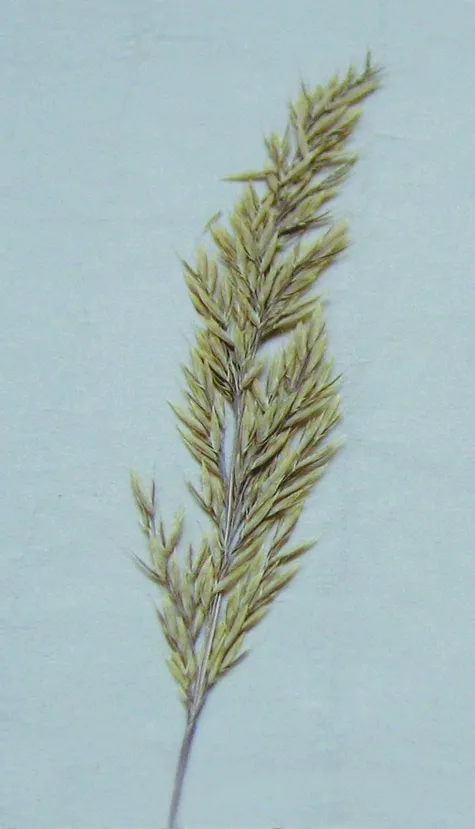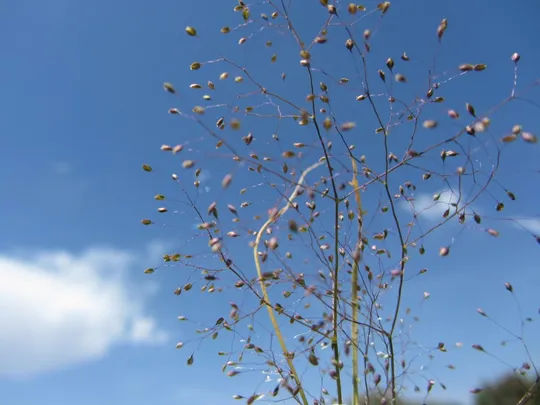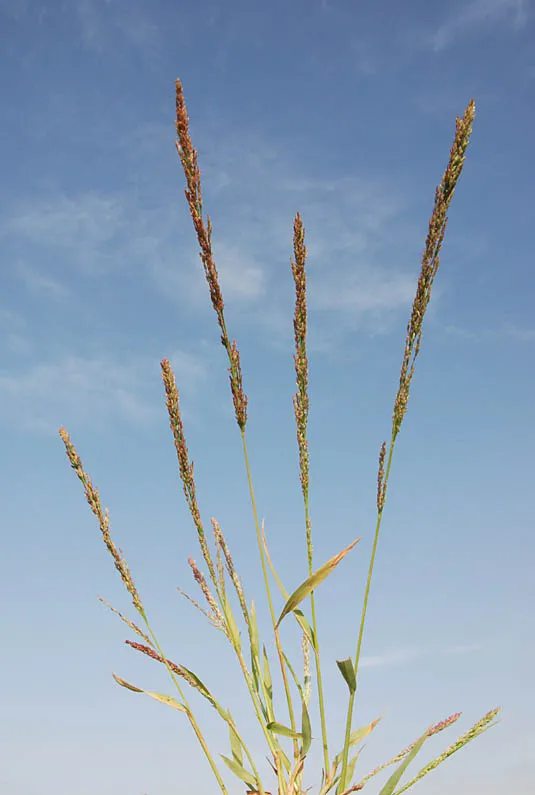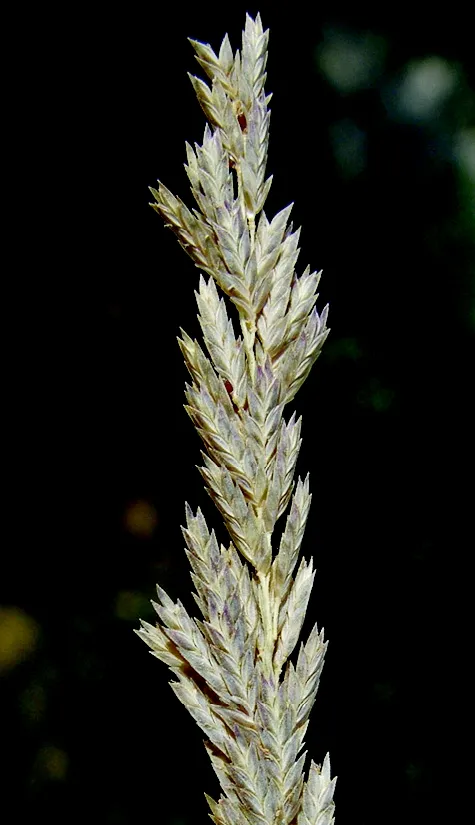Reed Foxtail, Creeping Meadow Foxtail
Alopecurus arundinaceus
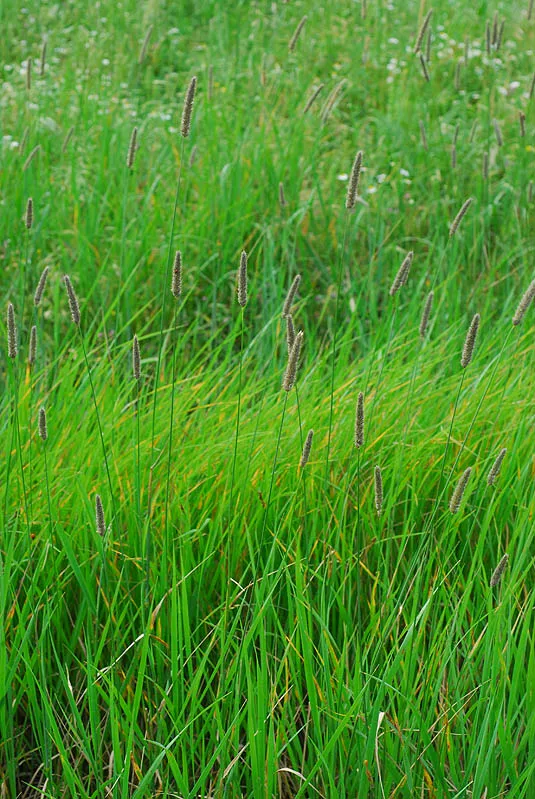
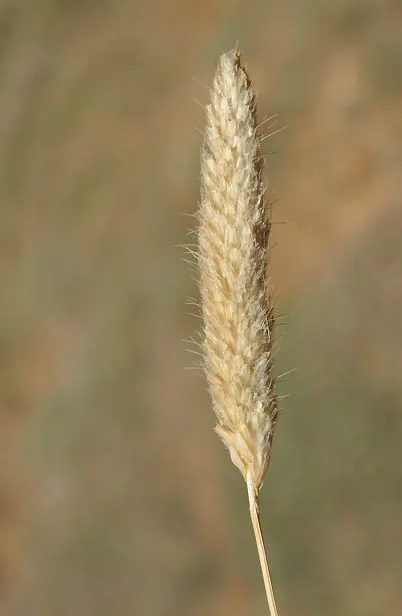
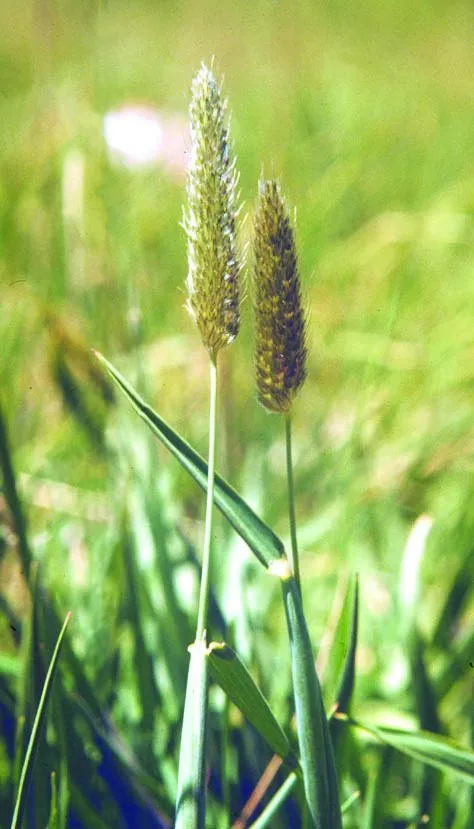
Alopecurus arundinaceus is recorded in the Flora Palaestina from three regions:
the Philistian Plain, where it was collected once (Nebi Rubin, 1926), the Upper Galilee and the Golan Heights. All efforts to find the species in the 1990s (when the rare plant survey was conducted) in the Galilee and the coastal plain were unsuccessful. A. arundinaceus
was collected once in the Galilee near the entrance to the town of Safed
(1960). In the Golan, the species was collected from
Bab al Hawa in 1968 and
south
of En Zivan in 1976.
The species was found recently (2004) at En el Fu'ar (near En Maǧnuna) east of Dura in Mount Hebron. This is actually the only site that exists today in Israel (located in
the Palestinian Authority Area A). Danin (2004), notes another nine regions, according to past
literature sources. The species has probably become
extinct from tens of sites in which it grew in the past.
On Mount Hermon, A. arundinaceus is known
from the bottoms
of dolines in which seasonal pools form, at altitudes of 1900-2300 meters. Is quite common in the moist dolines on
the tragacanth
belt on Mount Hermon and on Mount Lebanon.
Clay soil flooded with water in
winter; springs and edges of marshes, and streams in valleys and on
low mountains. Alpine meadows on doline
bottoms in the tragacanth zone of the Lebanon and Hermon
mountains, at altitudes between 1900 and 2800 meters. The species has two different habitats, a rare
phenomenon in plants in our region, but no researcher has proposed splitting
the separate populations into different, separate taxons.
· Alopecurus arundinaceus is currently known from only a single site, at the edge of a spring in southern Mount Hebron (Judean Hills region) and it had not been recorded there before 2004. It is extinct in all the other sites. A.
Arundinaceus is no longer found at the
site from which the species was first collected by Alexander
Eig in 3.4.1926.
· A. arundinaceus is an example of wetland species that became
extinct due to the degradation of wetlands in Israel, drying of rivers, and the reduction
of groundwater levels near springs.
·
In En el Fu'ar, the last spring where A.
arundinaceus was last found near Dura, the
site is subject to intensive grazing as well as pressure from the population of the adjacent refugee camp.
·
A. arundinaceus is probably almost extinct in Israel, but it is a widely
distributed species that is not globally endangered.
En el Fu'ar and En
Dleva in the El Maǧnuna
valley east of Dura should be fenced and rehabilitated. Alopecurus
arundinaceus
should be reintroduced to a coastal plain stream: if the
lower section of Wadi Sorek is
not suitable, Enot Afek should
be tried. The Bab al Hawa Nature Reserve in the Golan should
be fenced and destructive grazing should be prevented.
Alopecurus arundinaceus has a broad distribution that
ranges across most of Eurasia: all the northern Mediterranean
countries, the
countries of the Maghreb (North Africa) the Caucasus, the Black Sea, Afghanistan, Pakistan and Central Asia; Central and
Western Europe, Siberia and North Asia, China and Japan. In the Middle East it grows in Syria-Lebanon, most of the regions
of Turkey, northern Iraq and most of the regions of Iran; in Jordan is known from the Gil'ad and Ammon and was collected in Jerash and in As-Salt in the 1930s.
Alopecurus
arundinaceus is a
perennial grain very typical of wet northern meadows, found in large
expanses of Eurasia. Israel is the southernmost point in its range in our area (it is probably extinct from Jordan). There is concern that it is now extinct from all sites that were known in the past, since all attempts to find it during the
rare species surveys conducted during the
last 5-10 years have failed. Its extinction is likely due to wetland degradation in Israel, which has made them unsuitable for many species.
Current Occupancy Map
| 1000 squre meter pixel | 5000 squre meter pixel | 10000 squre meter pixel | |
|---|---|---|---|
| number of observations | 0 | 0 | 0 |
| in total pixels | 0 | 0 | 0 |
| Family | Gramineae |
| Classification | On the endangered species list |
| Ecosystem | Water Bodies |
| Chorotype | Euro – Siberian, Irano – Turanian (Mediterranean) |
| Conservation Site | Yafori Valley Springs |
| Rarity |
1
6
6
|
|---|---|
| Vulnerability |
0
4
4
|
| Attractiveness |
0
0
4
|
| Endemism |
0
0
4
|
| Red number |
1
5.8
10
|
| Peripherality | N |
| IUCN category | DD EW EX LC CR EN VU NT |
| Threat Definition according to the red book | Critically endangered |
 Based on:
Based on:
